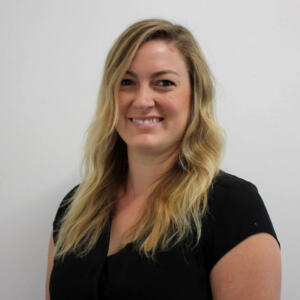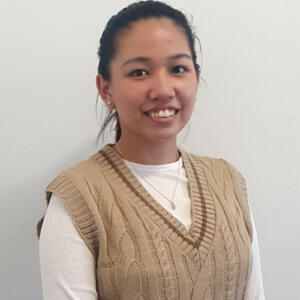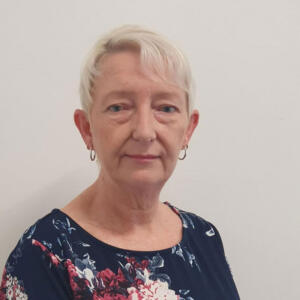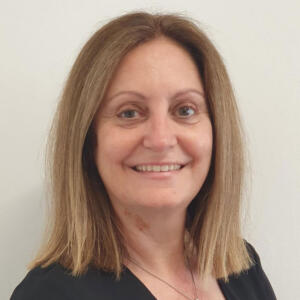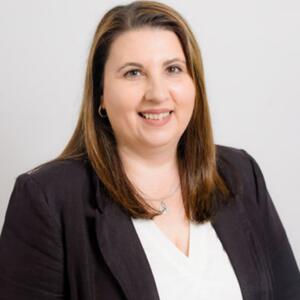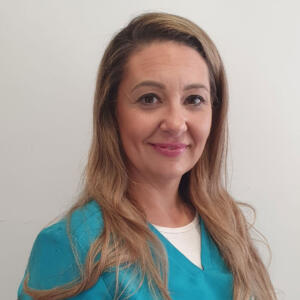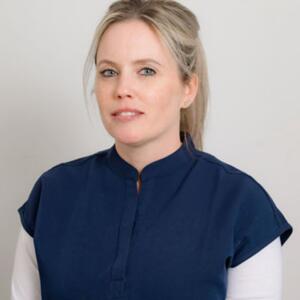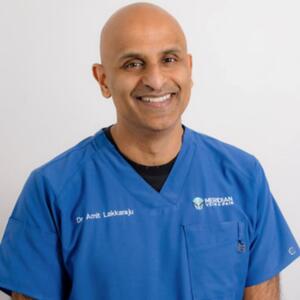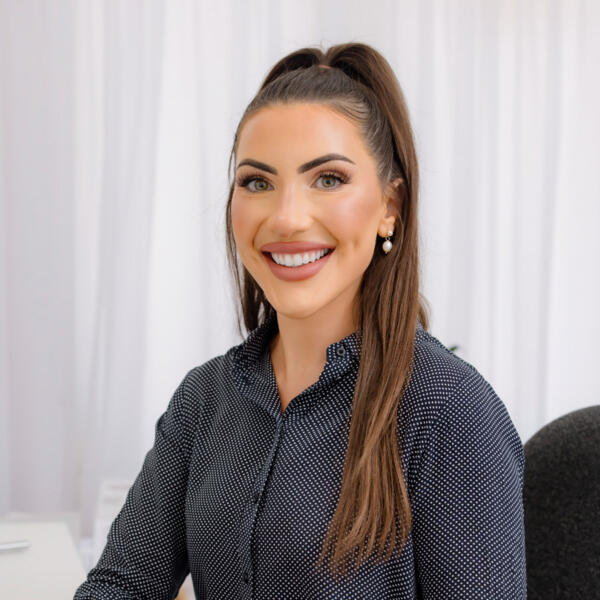University qualified dermal clinicians
Safe and effective skin treatments
At Geelong Veins Skin & Laser our dermal clinicians treat a wide range of skin conditions and concerns, including pigmentation issues, vascular and redness problems, ageing and fine lines, acne / oily skin / congestion, benign skin lumps and skin tags, unwanted hair or tattoos, scarring and stretchmarks, jowls and sagging skin… the list is extensive!

Not sure what treatment is for you? Explore by condition
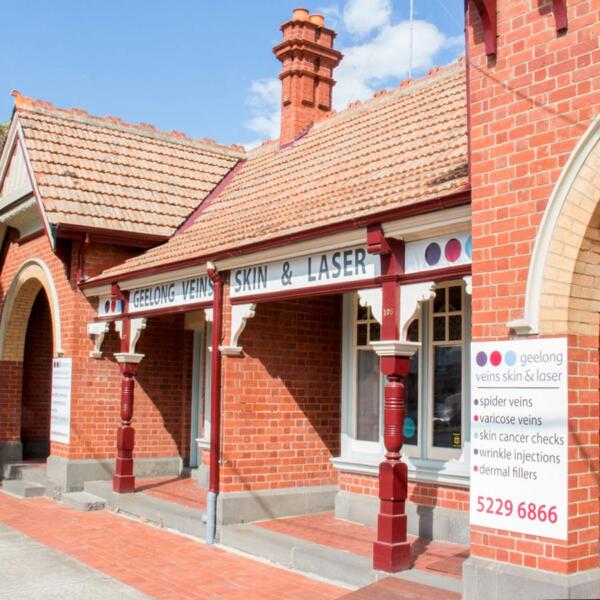
The GVSL difference
At Geelong Veins Skin & Laser we provide complete care of you as a patient and your medical concern. You may see one, or several of our team in any consultation. We work together with expertise in general practice, radiology, vein specialties, dermal therapy, skin cancer medicine, vein / skin and cosmetic nursing to provide you with a treatment plan that will lead to safe and effective results.




